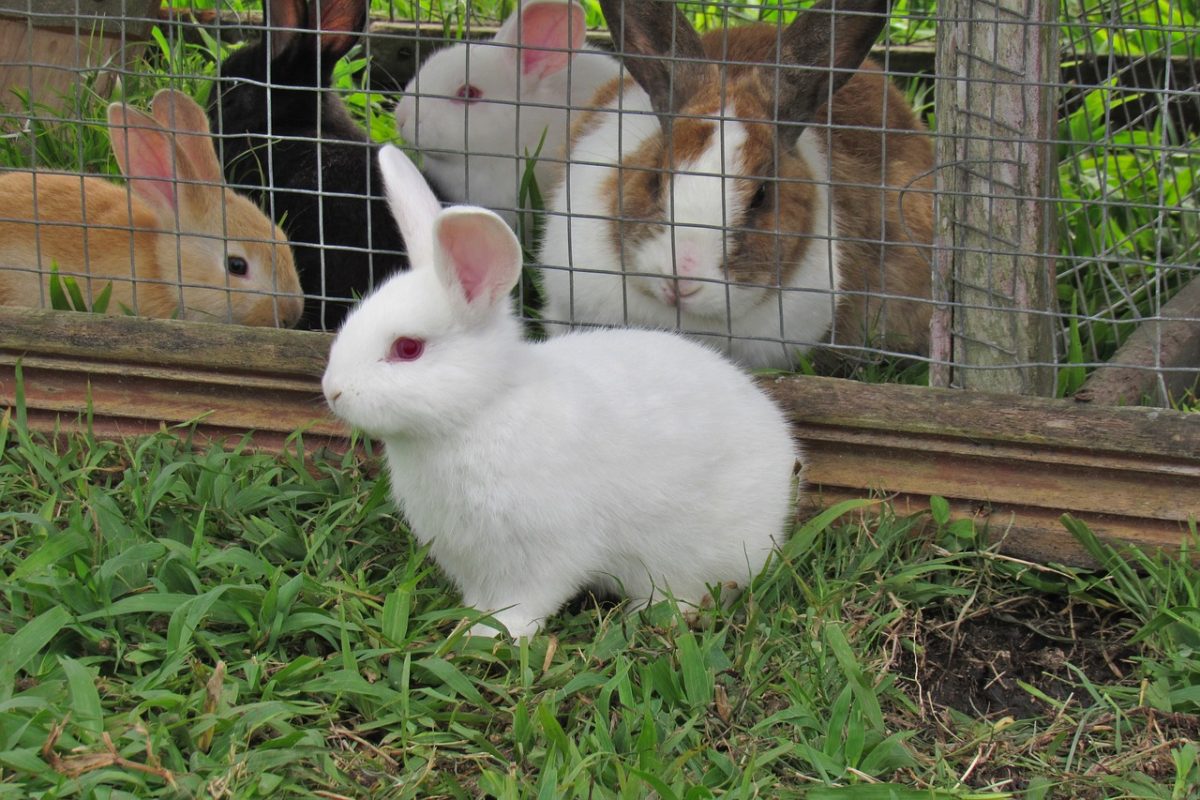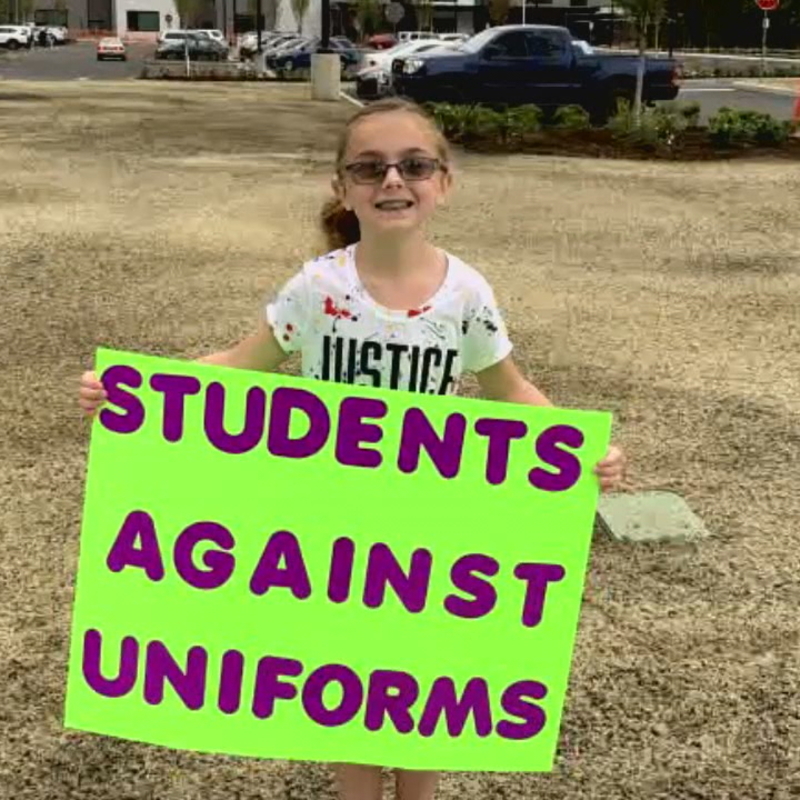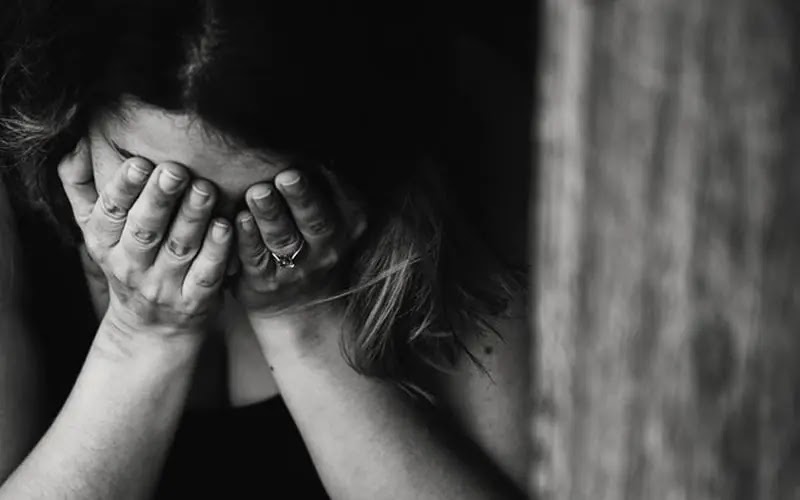When watching or reading something scary, people often feel a stronger sense of unease when it comes to rabbits and hares. We see these small, fluffy creatures as playful and innocent, but when the media we consume subverts these expectations, it makes things much more daunting. Many books and movies have utilized this trope, but some chilling stand-outs have perfected it.
With Halloween drawing closer, many people are getting in the spirit with their favorite movies. Sci-fi thriller “Donnie Darko” does an amazing job of unnerving audiences. Frank, a character primarily seen in a creepy bunny suit, acts as a guide to the main character. At one point, Frank is confronted about his appearance: “Why are you wearing that stupid bunny suit?” To which he replies, “Why are you wearing that stupid man suit?” This dialogue not only supports the movie’s themes of determinism and conformity but also directly acknowledges the effect Frank’s appearance has on the protagonist. Other references to rabbits can be seen when the class watches and discusses “Watership Down”; the pink stuffed rabbit is seen in multiple shots, and a scene containing a framed photo of the main character as a child in a rabbit costume.
Referenced in the aforementioned movie “Watership Down” (1978) is a horrific story about young rabbits searching for a new home after one of them has a prophetic dream of their current one being destroyed. While it begins innocently enough, this movie easily disturbs audiences with the relentless peril the characters are subject to. The audiences have to watch these innocent rabbits through loss and fear, yet they continue forward. While the characters are continuously put in difficult situations, the film still carries an overall tone of optimism and perseverance. Hauntingly beautiful, “Watership Down” leaves a lasting impact on anyone who’s seen it.
Movies aren’t the only type of entertainment utilizing this motif. “What Moves the Dead” is a reimagining of Poe’s short story “The Fall of the House of Usher” by T. Kingfisher. It contains visceral descriptions of zombie-esque hares controlled by fungi. As the assumed-to-be-dead hare began to move again, the characters as well as the readers were terrified, “The animal moved. There were three veterans at that table, battle-scarred soldiers who had served their countries honorably in more than one war … and all three of us screamed like small children and recoiled in horror.” Hares are a symbol for rebirth in many cultures — the irony of seeing one horrifically reanimated adds depth to an already vivid scene.
Rabbits, hares, or anything else, it’s frightening when something usually seen as cute is portrayed as the opposite. Horror movie director Jordan Peele, talking about rabbits, has said, “You can tell in their eyes, they have the brain of a sociopath.” While just consuming media for the sake of enjoyment is engaging, you can gain a completely new appreciation for the effort put into your favorite stories if you ask questions and look a little closer at the intent behind why a character acts the way they do. This Halloween season, consider taking a more critical look at your favorite spooky stories.







